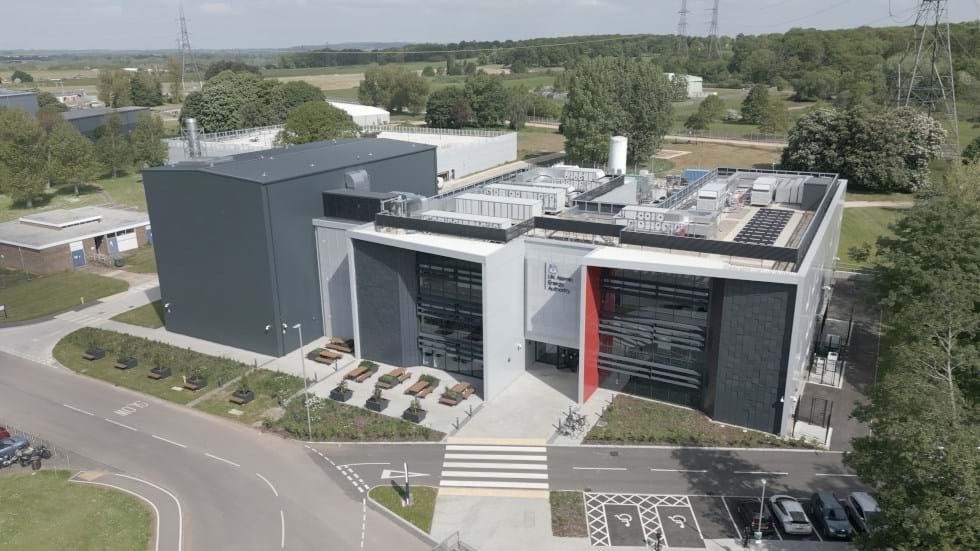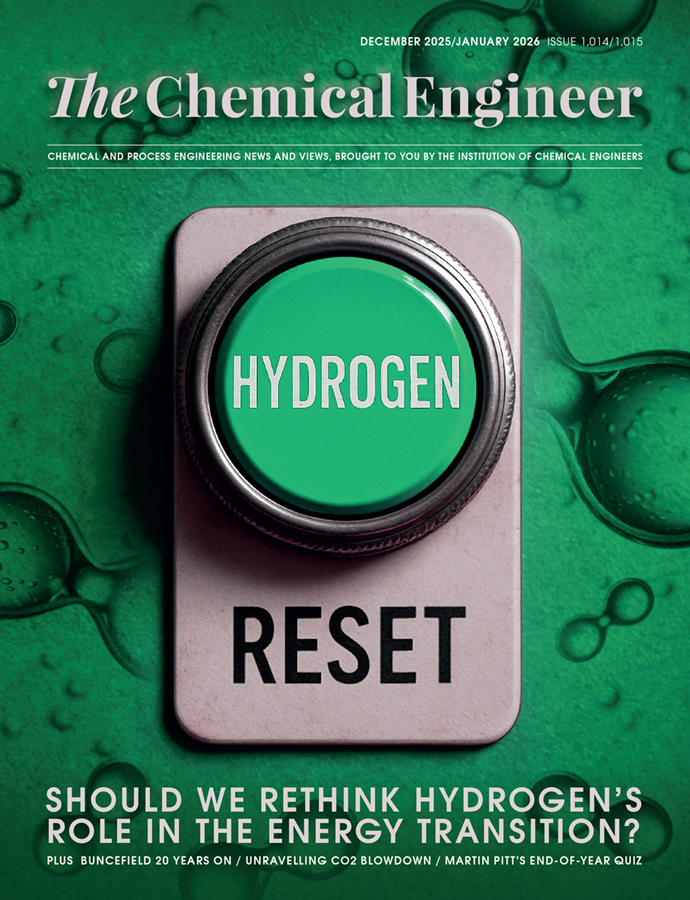UKAEA and Eni join forces to engineer world-leading fusion fuel facility

Birmingham gets ceramic funding boost as universities launch training centre for fusioneers
THE UK Atomic Energy Authority and engineering powerhouse Eni have joined forces to build the world’s most advanced tritium fuel cycle plant in a bid to strengthen the UK’s industrial leadership in fusion power.
The UKAEA-Eni H3AT Tritium Loop Facility will be built at the UKAEA’s Culham campus in Oxfordshire. It will demonstrate a continuous, closed-loop tritium fuel cycle at pilot plant scale and is scheduled to be completed by 2028. The partners say the plant will help to de-risk and boost confidence in tritium process plant designs for future fusion powerplants.
Fusion power involves forcing together fuel in the form of deuterium and tritium to produce energy. But due to its limited applications, tritium handling and processing is relatively novel compared with other industrial processes.
Sir Ian Chapman, CEO of UKAEA, said the tritium is scarce and hard to control. He added the project will consider the full life cycle of tritium fuel production including “how we store tritium, how we process tritium, how we extract tritium both from solids and from liquids, and perhaps most importantly, how we account for tritium in a full continuous loop”.
Sir Ian said the project will help prepare industry for the future of fusion and demonstrate the UK’s leadership in a crucial area of research and development. In January, the UK government pledged to invest £410m (US$501m) in fusion R&D and shortlisted the engineering and construction companies that will help build the country’s prototype fusion power plant.
“We believe that fusion energy can contribute to a net zero future, including going beyond the decarbonisation of electricity,” Sir Ian said.
Designing, building, and operating the tritium fuel facility will also bolster skills in the burgeoning sector.
Eni’s role in the partnership includes providing expertise in industrial-scale plant engineering and commissioning.
Eni CEO Claudio Descalzi said: “Today with our UK partners we are laying the foundations for further progress towards the goal of fusion which, if we consider its enormous scope of technological innovation, is increasingly concrete and not so far off in time.”
Birmingham wins ceramic breeder funding
Meanwhile, the University of Birmingham has secured £800,000 (US$1m) through UKAEA’s £200m Lithium Breeding Tritium Innovation (LIBERTI) programme to develop novel tritium breeding technologies.
The funding will allow the university to develop a small lithium breeder containing lithium ceramic.
Breeding uses lithium-containing blankets which react with fusion neutrons in plasma to form tritium. This tritium can then be recycled into the plasma as fuel. Lithium-containing ceramics have been shown to be strong breeding materials for fusion reactor blankets due to their thermal stability and tritium release characteristics.
It is one of 12 small-scale experimental and digital simulation projects being run through the LIBERTI programme with the likes of Lancaster University, the University of Edinburgh, and private fusion company Tokamak Energy.
The projects are expected to produce new tritium transport models, the development of novel breeder materials and diagnostics, and digital platforms for a testbed facility.

This article is adapted from an earlier online version.
Recent Editions
Catch up on the latest news, views and jobs from The Chemical Engineer. Below are the four latest issues. View a wider selection of the archive from within the Magazine section of this site.




